The Custom Insole Fitting Process
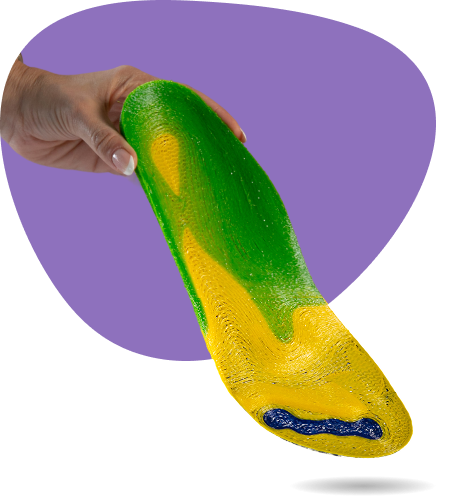
Avidor’s Data Collection Method
Our advanced collection process combines foot measurement and impression-taking, optimized for integration with our learning-based system.
Polymeric Casting
Foot Impression Molding
Real-Time Dynamic Scan
So, you’ve decided to finally take that step and visit “Avizdor” for custom-made orthotic insoles?
Whether you’re experiencing discomfort or you’ve been referred by a doctor, you’re probably wondering: Do I need orthopedic insoles for my knees? Ankles? Arch? Or heel pain?
This question is crucial! Register now, take one more step, and you’re on the right path.
Before beginning the custom insole fitting process, it’s important to bring something with you— It’s highly recommended to bring a pair of shoes that you wear regularly. If the insoles are meant for dress shoes or heeled shoes, it’s also important to bring those.
Insoles are custom designed to match the shoe interior, foot structure, and even walking patterns.
The right match is critical, and the materials used will be chosen according to the shoe type, so they won’t end up on the shelf unused.
Why?
Our specialists have studied how to tailor insoles to your anatomy and condition.
Every step matters—whether it’s pressure from an illness you’re aware of, or pain in specific areas, posture analysis, test results, and more. Our experts already know how to stop future orthopedic issues before they start.
Ready to join the custom insole process? Let’s see what’s waiting for you there.
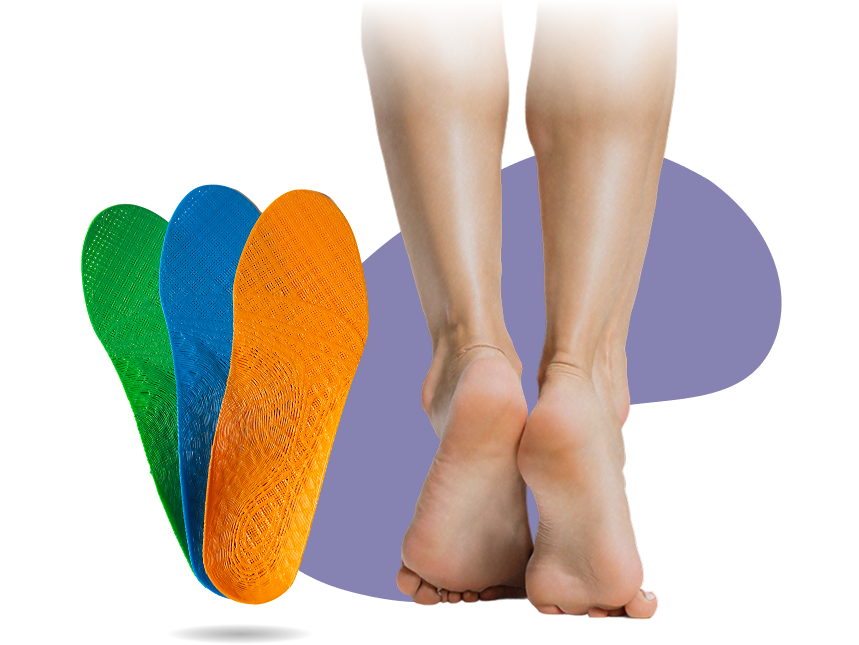
First Appointment with the Therapist
At the Avizdor Clinics, we conduct a confidential and professional evaluation process.
The appointment takes place in a private room equipped with a treadmill and pressure sensors for analyzing gait. At the start of the appointment, the therapist will ask personal questions regarding pain, previous diagnoses, or symptoms you’ve experienced (burning, tingling, etc.), walking habits (preferred shoes, walking pace, or running), and will continue to examine your walking with and without shoes—focusing on your posture and foot structure.
After the walk, they will check the foot arches, heel tilt, muscle flexibility, and more.
This check is both anatomical and functional. During the test, the therapist evaluates the dynamic nature of the movement.
Custom Orthotics – Pressure Mapping Analysis in the Biomechanics Lab Managed by Professor Ayalon, a Specialist in Biomechanics In the biomechanics lab, we use a dedicated system that monitors the foot’s dynamics to create customized orthotics. The system provides an accurate diagnosis of pressure distribution across the foot. The walking path is scanned multiple times, allowing for the detection of unique walking patterns, which helps us understand why some areas in your feet are more stressed or painful than others.
The therapist can then recommend the optimal materials and structure of the orthotic based on your needs.
All data is processed by Professor Ayalon’s lab, including the walking footage, pressure distribution maps, and more—ensuring orthotics that truly suit your body and lifestyle.
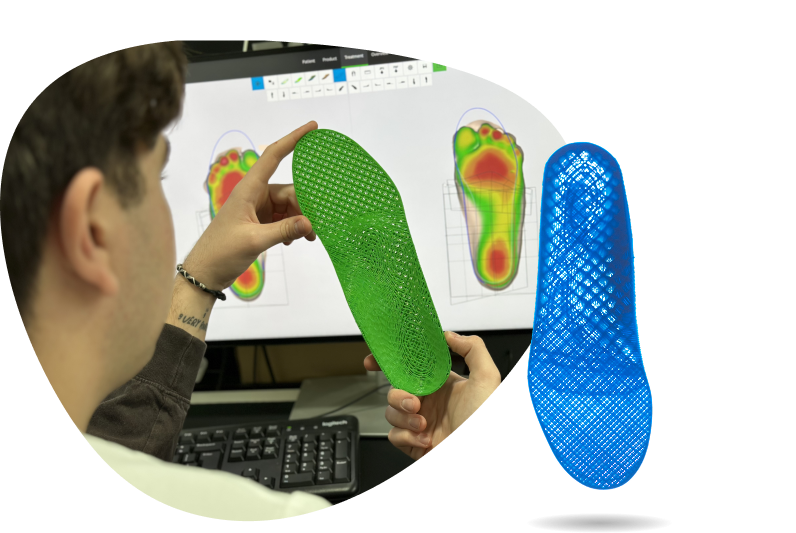
Measurement Using a Polymer Foam
In a dedicated treatment room, the practitioner will place your feet on a special material (polyurethane foam) designed to capture the contours of your soles. It will accurately mold to the shape of your foot, capturing the pressure zones so the impression reflects an ideal stance for you.
This measurement method is used to design custom-made orthotics. The impressions are sent to the lab, where the exact foot structure is analyzed to determine the unique pressure distribution for each foot. Based on the results, orthotics are created with varying densities to precisely match the support required, as determined by your responses and clinical evaluations.
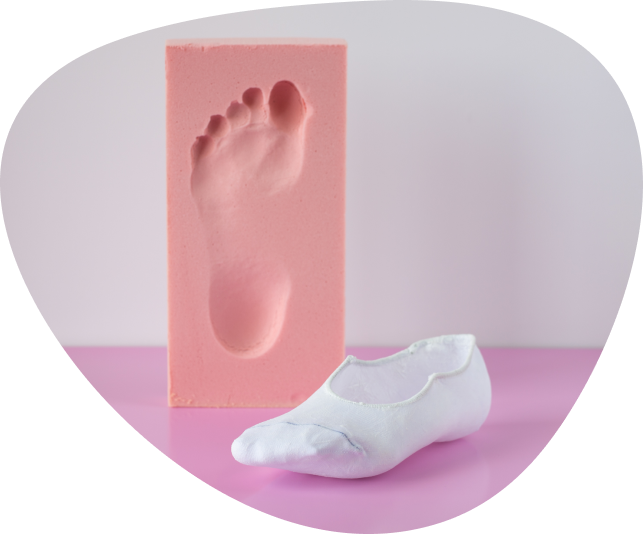
Who Needs Custom Insoles?
If you identify with one or more of the following groups — there’s a good chance that custom insoles can improve your quality of life:
Quick, effective treatment by a certified physiotherapist
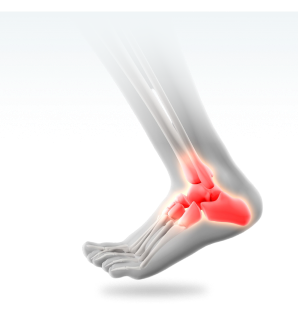
People with different foot anatomies
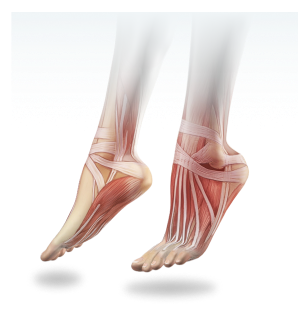
People with minor foot structure variations
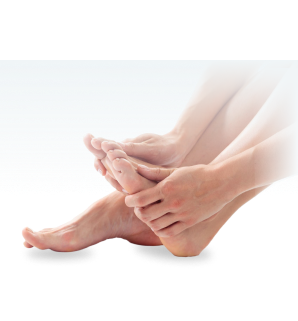
People who feel fatigue and/or discomfort in the soles of their feet
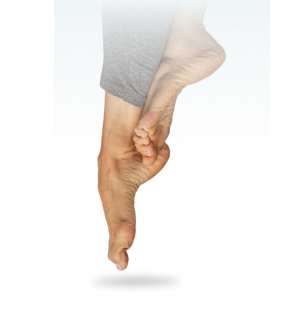
Important to Note!
Even people who don’t currently suffer from pain or discomfort may still benefit from custom insoles — especially if they spend most of their day walking or standing.
Even without pain, your feet may benefit from better support and alignment.
Custom insoles can improve posture and reduce fatigue — even without noticeable pain.
Insoles help with balance and shock absorption, preventing strain and future injury.
Good insoles support your joints, spine, and posture — even if you feel fine today.
How Are Custom Insoles Made?
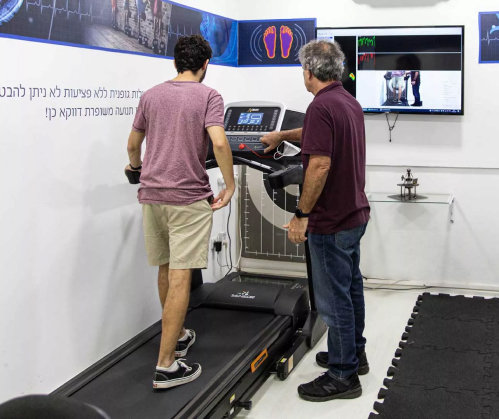
Walking and running on a unique treadmill equipped with sensors that measure pressure distribution across all foot zones — both in motion and while standing.
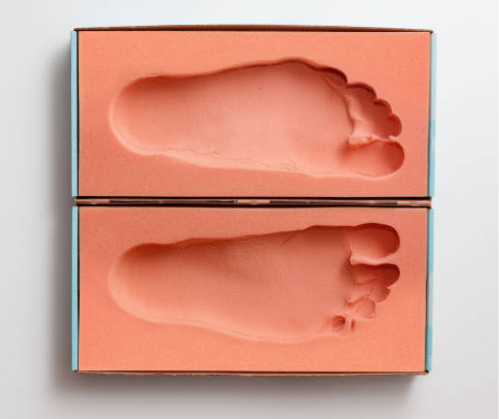
An impression of the foot is taken using a special polymer base.
The insole is then manufactured precisely according to the imprint and refined by the lab for maximum accuracy and effectiveness.
Why Is Customization So Important When It Comes to Insoles?
The process of designing truly custom insoles is complex and requires professional expertise. After collecting detailed data — focusing on gait, pressure distribution, foot shape, and more — a podiatrist or orthopedic expert builds an accurate plan for your insole. This plan considers far more than just the foot’s appearance; it factors in your walking pattern, lifestyle, type of footwear, and the specific issues you’re experiencing.
The insoles are then manufactured in a precise, personalized process. Later, the patient returns for a follow-up to ensure the insoles are effective and beneficial. This extra check helps verify that the comfort, support, and pressure distribution are working as intended.
At our insole lab, we use advanced polymer molds to capture the exact contours and shape of your feet — including arch height, pronation, foot length, and forefoot width. With this data, we craft insoles tailored precisely to your needs. The result? Personal insoles that relieve pain and discomfort caused by a wide range of issues — orthopedic, structural, or neurological.
In Summary
Custom insoles are a proven therapeutic tool that can significantly improve your quality of life. Whether you’re dealing with chronic pain, performance issues, or simply want to move more comfortably, investing in truly personalized insoles is a smart long-term decision. If you’re considering buying insoles, we strongly recommend consulting with a specialist who can help determine the exact solution that fits your body and lifestyle.
Testimonials
Professional and caring service. Custom insoles tailored with exceptional precision – they significantly improved my posture and comfort. Highly recommended!
Excellent service and attention to detail. The custom insoles were perfectly suited to my needs – my posture improved dramatically. Highly recommended!